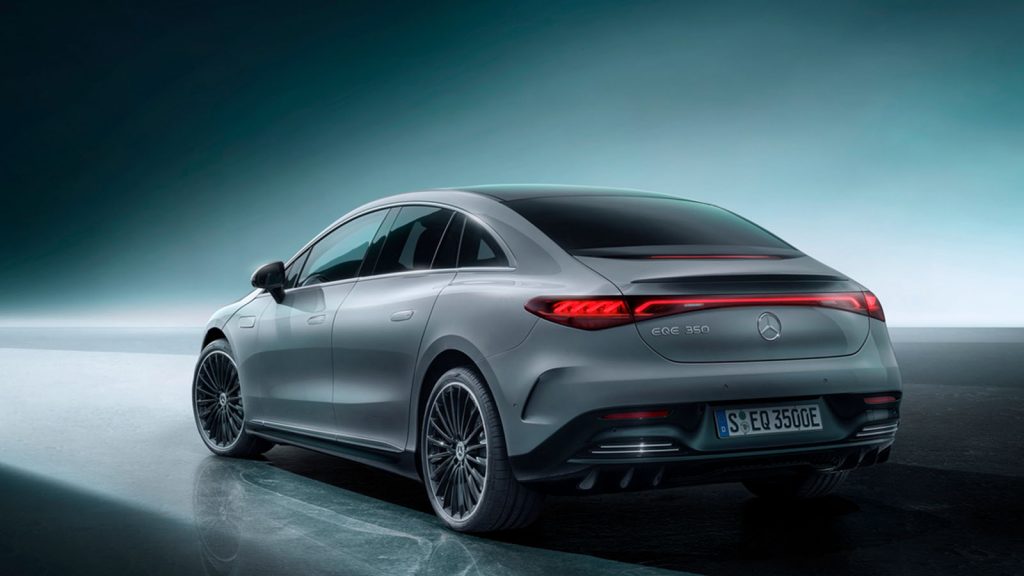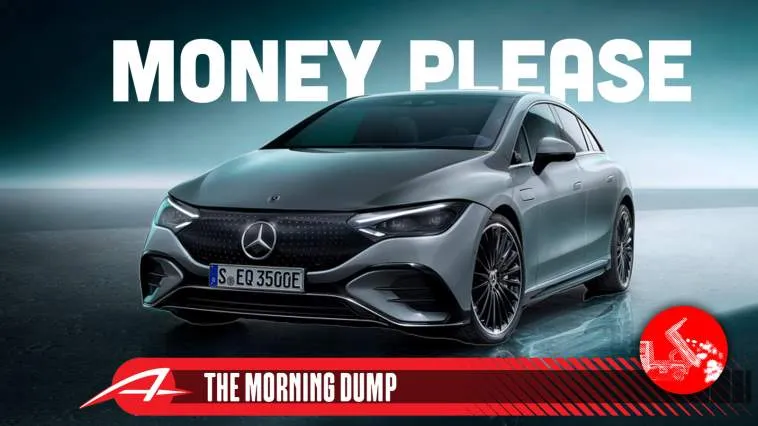(The Autopian) Automakers spent more than 100 years perfecting the science of the internal combustion-powered car. They know how to build them, market them, and sell them in huge volumes with massive profits. They know how to make them feel a certain way. Then, they know how to service them when they break, also for huge profits.
We are, right now, in the peak-profit phase of cars. Guess what? EVs are expensive to make. They don’t need as much service. Many of them largely drive the same. Profits are slim for most. What is an automaker to do? Subscriptions!
Automotive subscriptions are a classic example of bean counter-first thinking. Subscriptions are nice because they’re recurring revenue you can continue to book after you sold the car. (Side note: please become an Autopian member.)
The problem is… what’s worth actually subscribing to that you wouldn’t otherwise put on a car? We’re gonna explore that today, as well as talk about how Toyota, Volvo, and Penske are fairing in the late-ICE stage.
On The Mercedes ‘Performance Acceleration On-Demand Upgrade’

There are practical limits to how fast your electric car can go but, much like gas-powered cars, it’s rare that automakers give you 100% of the go-fast horsepower right off the dealer floor. This is why it’s still popular to “flash” ECUs on cars to try and squeeze extra power by adjusting various parameters. In theory, this is also possible with electric cars, which are primarily designed to optimize range over performance.
Mercedes just announced its plans to do exactly that, with the succinctly named: Performance Acceleration On-Demand Upgrade. (Editor’s Note: Or PAODU. I can’t wait for this to catch on at Cars and Coffee. “Say, what kinda PAODU you got?” -PG)
The full press release is here if you’re curious, though I shall summarize or quote the key parts:
Mercedes-Benz EQE and EQS customers in the North America can now opt for even more performance with the new Acceleration Increase On-Demand upgrade for select Sedan and SUV models. Optionally available as an Over-the-Air update, this new feature raises the vehicle’s output by up to 80 hp and improves acceleration from 0 to 60 mph by as much as a full second. It is available to customers in the Mercedes me connect Store with the option of a one-time purchase for the lifetime of the vehicle or the flexibility of monthly and yearly options.
Acceleration Increase is offered exclusively to Mercedes-Benz EQE 350 4MATIC and EQS 450 4MATIC Sedan and SUV customers in the U.S. and Canada. On eligible EQE models, it boosts output from 288 hp to 348 hp – a 60 hp increase – to deliver up to 1.0 second quicker acceleration from 0 to 60 mph (SUV). Applicable EQS models receive an additional 80 hp for a total output of 435 hp, enabling impressive 0-60 mph acceleration in as little as 4.5 seconds (Sedan). These enhancements are achieved without impacting the vehicles’ electric range.
There’s even a handy-dandy chart showing how this all works:

So, 60 extra horsepower costs $60 a month or $600 a year. If you want 80 horsepower, that’s $90 or $900 a year (why not $80/$800?) On a monthly basis, making up the lifetime upgrade is about 33 months. Obviously, if you plan to own the car for three years or more, just get the one-time deal.
This raises all sorts of fun questions, however, like: How quickly can you dial up the horsepower of your car if you end up at a stoplight next to another car? Can you just cancel it immediately after you win or lose the stoplight drag race? Is this secretly a good deal?
(Additional Editor’s Note: I actually don’t think this is a terrible deal! You pay less than a grand per year to make your Mercedes go a full second quicker 0-60 mph. Tuning a gas Mercedes to do that would be a lot more expensive, probably, when you include parts, labor, time and so on. -PG)
Mercedes does a nice job of optioning even its lower trim models, so both the EQE 350 and EQS 450 have almost everything you’d want or need in a vehicle. Additionally, all the EQEs and EQSs have the same-sized battery pack along their ranges, so an over-the-air flash might be a reasonable upgrade.
Think about it this way: An EQE 500 Sedan costs $85,900 (before taxes and delivery) and gives you 402 horsepower and 4.5 seconds of 0-60 acceleration from the same battery pack. If you add $1,950 to the $77,900 starting price of the EQE 350 it’s somewhere nicely in between a base 350 and the 500. The weird thing about Mercedes electric cars is, generally, you’re paying more money for less range.
I drove an EQE 450 4MATIC and it wasn’t as blisteringly fast as other EVs, but I didn’t feel like I needed more power. I also wouldn’t exchange the range for more power. Still, I wish I could dial up an extra 30 horsepower in my E39 BMW on demand.
I’m sure some Mercedes accountant somewhere would be quite happy if you just checked the box for more horsepower and let that subscription go forever! Assuming the car is usable for 10 years, that would be $7,200 for an over-the-air update if you paid monthly. Obviously, don’t do that. Buy it upfront or don’t buy it at all.
And if you’re asking, “What happens when I buy it used?” Sorry, these cars aren’t being designed for you. That’s long been the case. Expect that trend to get worse.
Because this is an additive feature, I don’t hate this as much as the GM CarPlay plan or all the stuff BMW wants to charge for that should just come with the car. We’ll keep reporting on this because expect to see more of it as automakers try to maintain their revenue in the uncertain future.






